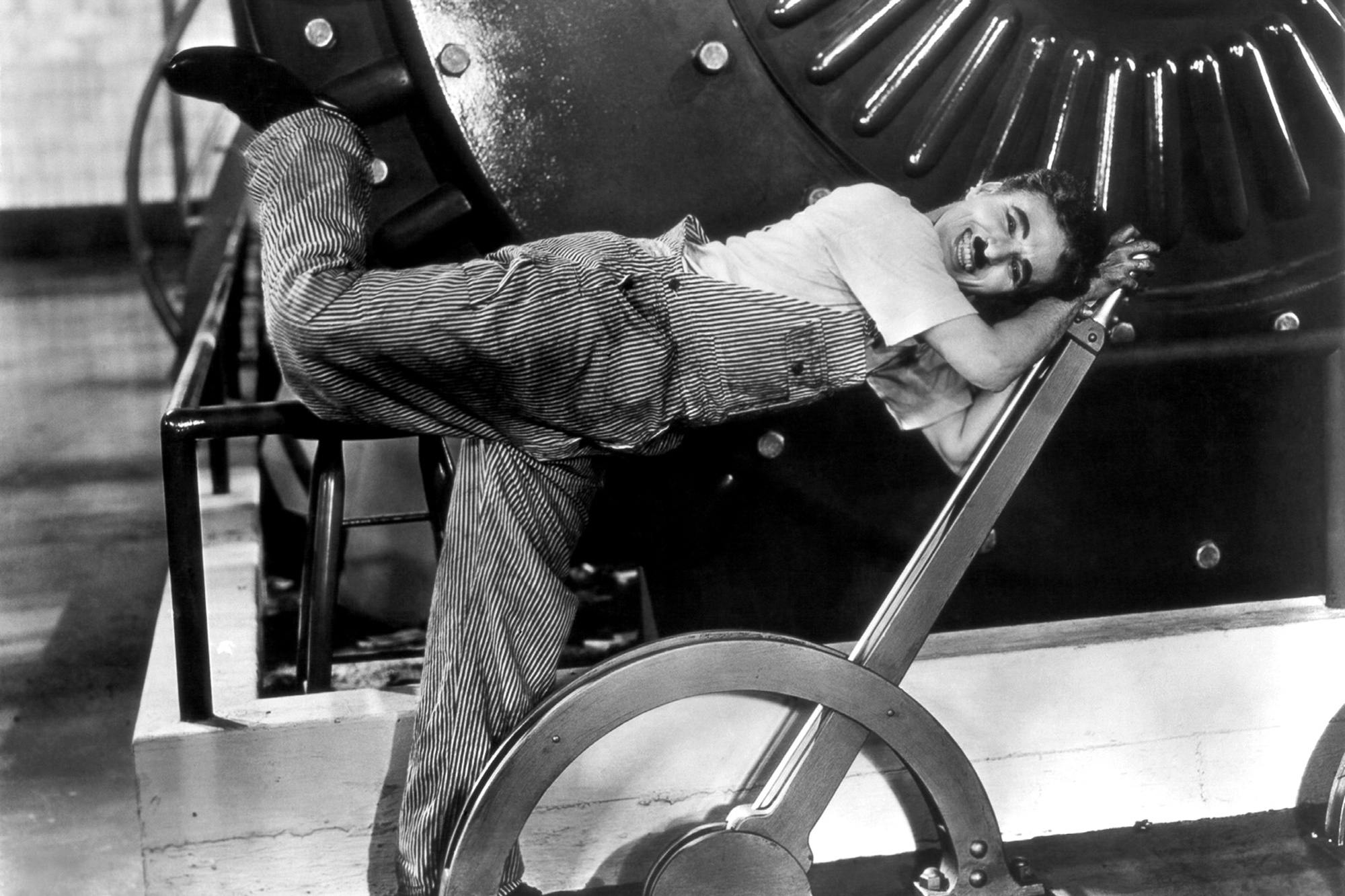The Public Domain: A Grand Reopening
Vol. 103 No. 1 (2019) | Navigating Rough Seas | Download PDF Version of Article
In 2019, for the first time in 20 years, a trove of creative works published in 1923 entered the U.S. public domain. Why the hiatus? These works were set to enter the public domain in 1999, but in 1998, Congress extended their copyright term for 20 years, giving them a total term of 95 years.
Now the wait is over. Works from 1923 are free for all to use, without permission or fee. They include films featuring Charlie Chaplin, Buster Keaton, and Harold Lloyd, books by Robert Frost, Edith Wharton, and Virginia Woolf, the “Charleston” song, and more.
This is a cause for celebration. Empirical studies show that public domain books are less expensive, more likely in print, and available in more editions and formats, including audiobook and Braille versions. Youth orchestras can afford to perform the music. Community theaters can show the films. Educators and historians can share the full cultural record. Creators can legally build on the past — translating the books, making them into films, adapting the songs.
The works listed above are only the tip of the iceberg. Most works from 1923 are out of circulation. Now, archives can make them available online, where anyone can rediscover and revive them. The HathiTrust digital library has enabled full access to over 50,000 titles from 1923.
But this is also a cause for reflection. The current copyright term is life plus 70 years for works by natural authors, and 95 years for corporate works. This means you’re unlikely to see any works created in your lifetime enter the public domain. But, in most cases, this expansive term is not offset by any benefit to a rightsholder, because it outlasts the commercial lifespan of most material. When copyright required renewal after 28 years, studies showed that 85 percent of rightsholders did not find it worthwhile to renew (for books, 93 percent didn’t renew). A Congressional Research Service report suggested that only around 2 percent of copyrights between 55 and 75 years old retain commercial value. Many older works are “orphan works,” where the copyright owner cannot be found at all. No one is benefiting from continued copyright, yet the material remains off limits to users unwilling to risk a lawsuit. Histories are incomplete. Artists cannot build on their cultural heritage. Books languish in obscurity. And the timing of the 1998 term extension was ironic — just when we gained the capacity to make this culture digitally available, we denied it to ourselves, for no good reason.
By the time their copyrights expire, some works are lost entirely. Older films have disintegrated while preservationists waited for them to enter the public domain, so that they could legally digitize them. (There is a narrow provision allowing some restorations, but it is extremely limited.) An estimated 80 percent of films from the 1920s have already decayed beyond repair.
Does this mean copyright is a bad system? Absolutely not. Copyright gives authors important rights that encourage creativity and distribution. But these rights are the yin to the yang of the public domain and its contributions to access and creativity.
The excessive length of the copyright term increases the importance of exceptions such as “fair use.” How can the law maintain breathing space for access to culture? One answer is through fair use, which safeguards limited uses for purposes such as commentary, reporting, and research.
Without fair use, we wouldn’t have Google Books. To enable searching within books, Google had to scan millions of copyrighted works. Getting permission to scan them all was impossible — most were out of print, and many were orphan works, so there was no one to ask. (When there’s no permission, Google only shows a tiny portion of the scans — three short snippets where search terms appear.) The Southern District of New York, affirmed by the Second Circuit, held that fair use protected the snippet display (and the scanning required to provide it); Google had created a valuable research tool allowing anyone to find information once hidden in library stacks. Of course, fair use affords much narrower liberties than the public domain. But against the pressure of the copyright term, fair use will be critical in allowing copyright to fulfill its constitutionally mandated goal of “promot[ing] the progress of science and useful arts.”

